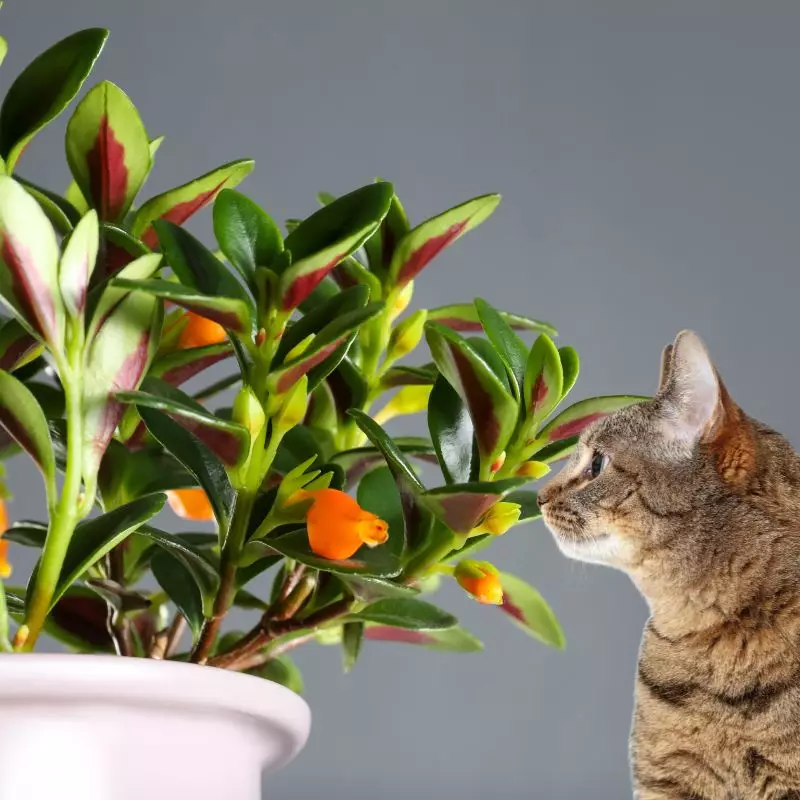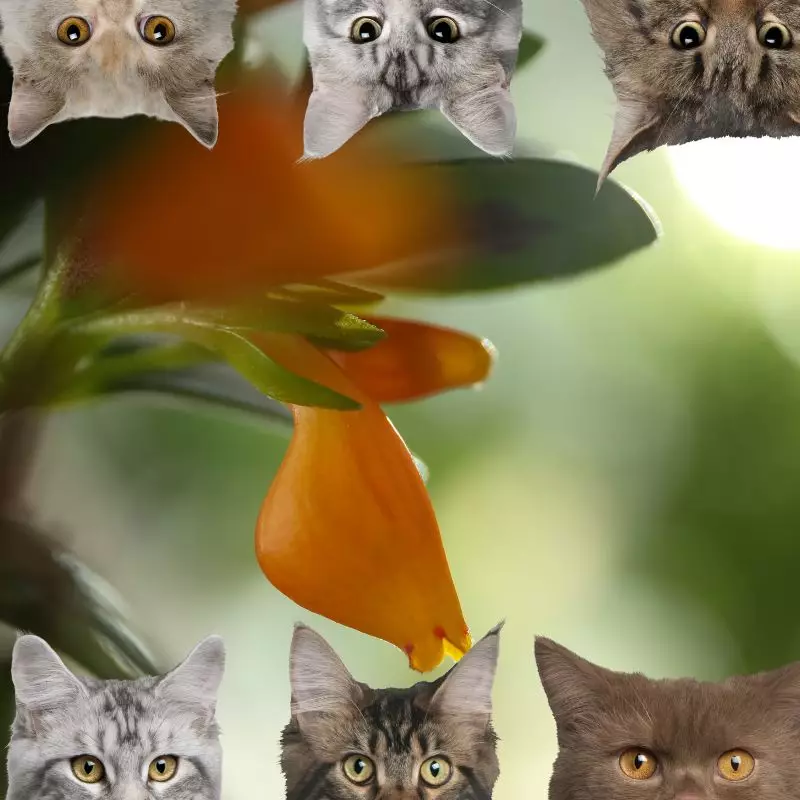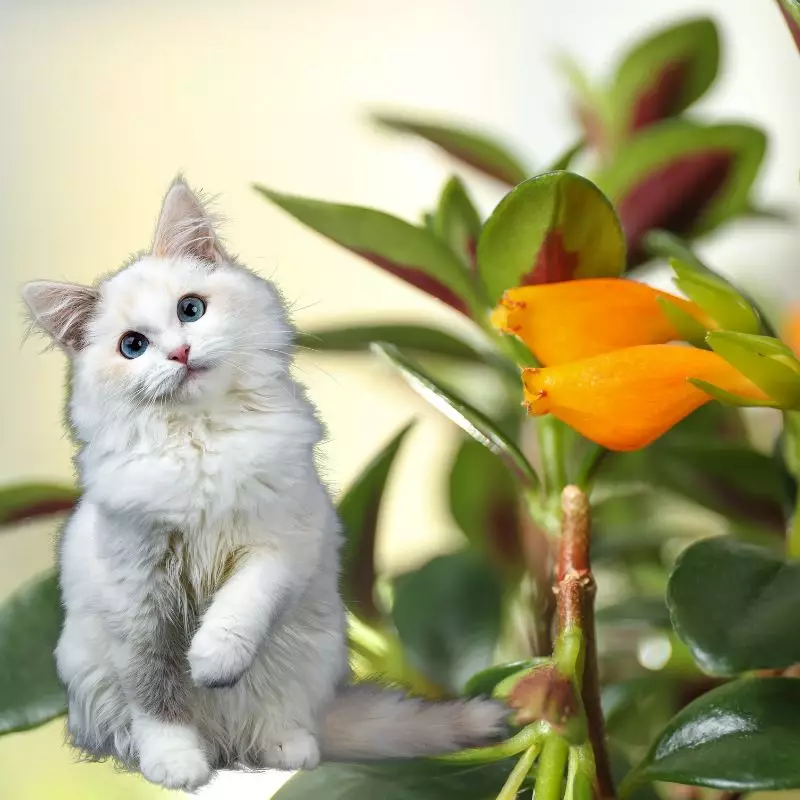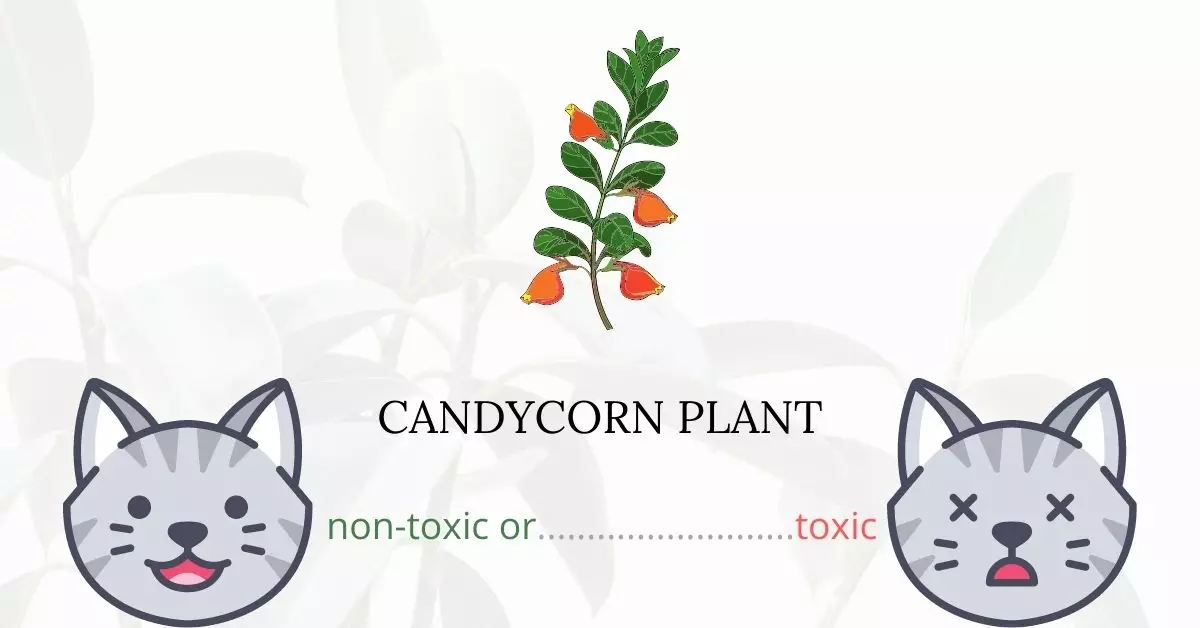The Candycorn Plant, as verified by the American Society for the Prevention of Cruelty to Animals (ASPCA), is non-toxic to cats, offering reassurance to pet owners concerned about its potential effects. However, it is pertinent to note that while the plant isn’t harmful, allowing cats to consume it is still not recommended due to the potential for causing gastrointestinal discomfort.
This article is a culmination of collaborative efforts between our writers and a team of experienced DVMs (doctors of veterinary medicine) to ensure the provision of reliable and current information regarding the possible risks associated with various plants, including the Candycorn Plant, and their implications on cats’ health. To maintain the highest level of accuracy and credibility, extensive research was conducted, incorporating high-authority resources such as ASPCA and PetMD, to corroborate every detail related to plant toxicity in each case.
Can Cats Eat Candycorn Plant?

The candycorn plant isn’t intended to be edible despite the fact that it isn’t harmful so it is still advisable to keep your cats away from this plant.
Plants are not a good source of food for cats because they are carnivorous creatures. Because cats’ bodies are not capable to absorb plant particles fully, ingesting too many plants might cause digestive problems.
There might also be harmful substances that can be present in the candycorn plant so don’t let your cat consume this plant as much as possible.
What is a Candycorn Plant?

Candycorn plant (Cuphea micropetala), also known as Mexican Cigar Plant, and Tall Cigar Plant, came from Lythraceae (Loosestrife) family and originated in Mexico (North America).
Candycorn plant is a fast-growing evergreen shrub with oppositely arranged narrow rough-textured lanceolate leaves that are two to six inches long and taper at both the base and tip and clothe the arching red stems. Tubular flowers, technically a floral tube made up of a fused caladium, appear in late summer through late fall. The flowers are yellow when they first emerge and become orange from the base up, giving them a two-toned look. They have long extended stamens and emit a little sticky liquid. The blooms are yellow when they first emerge and then turn orange from the base up, giving them a two-toned look. They have long filaments and release a little sticky material that makes the inside of the flower sparkle.
Candy corn vine is frequently confused with candy corn plant (Manettia luteorubra). The flower likeness is surprisingly near, despite the fact that they are completely distinct species from unrelated families; however, the candy corn vine (also known as firecracker vine) is a twining, climbing plant.
Keeping Cats Away From Candycorn Plant

The temptation of houseplants is too strong for some cats to resist. They’ll gnaw on the leaves, dig in the ground, and tip the pots over.
A physical barrier is another simple approach to keeping your cat away from plants. Stopping them from digging is frequently as simple as covering the dirt with stones. Scratching and chewing cats may require a stronger deterrent.
Remember to use natural deterrents to avoid toxicity due to hazardous chemicals that commercial deterrents may contain. Always read the labels to check if the product contains potentially toxic chemicals.
Plants to Avoid For Your Cats
If you are a cat owner and unsure if the plants growing in your yard are harmful to your cats, check out this list of toxic plants for cats. You can also check our list of non-toxic plants for cats.





